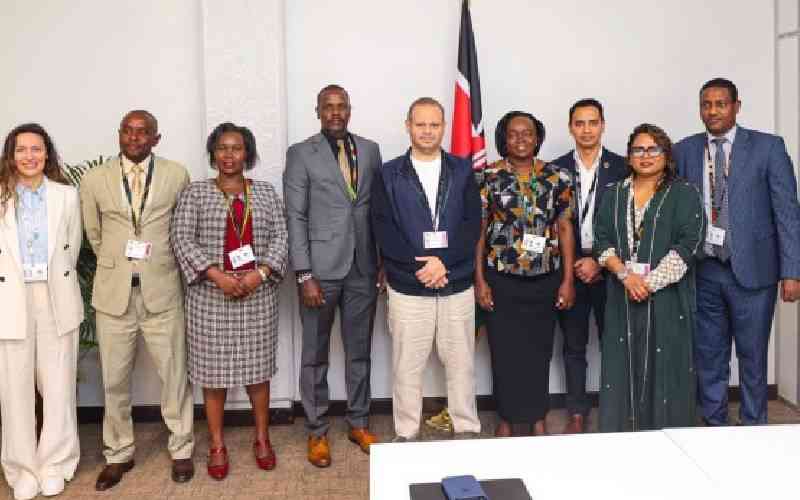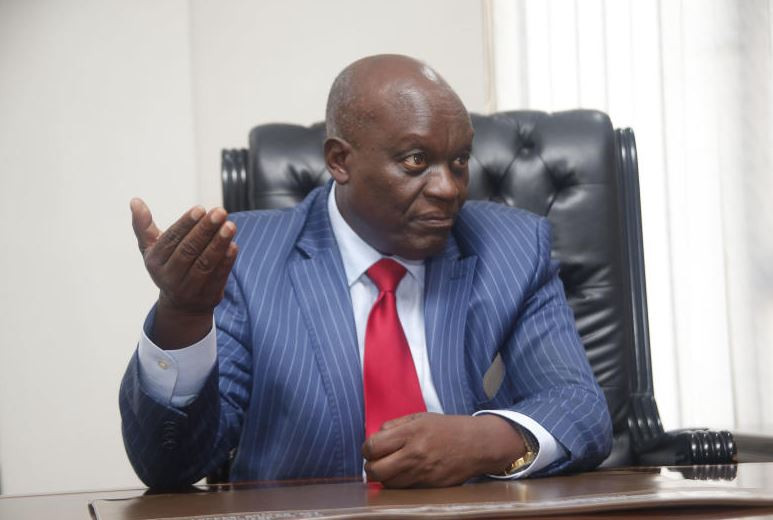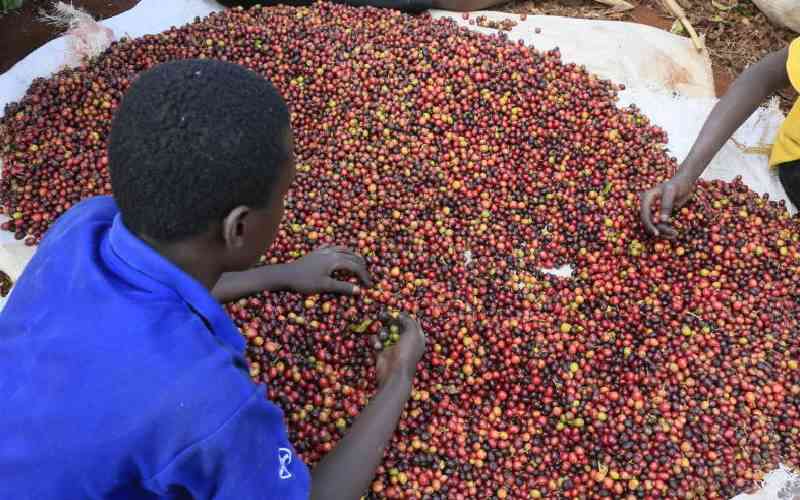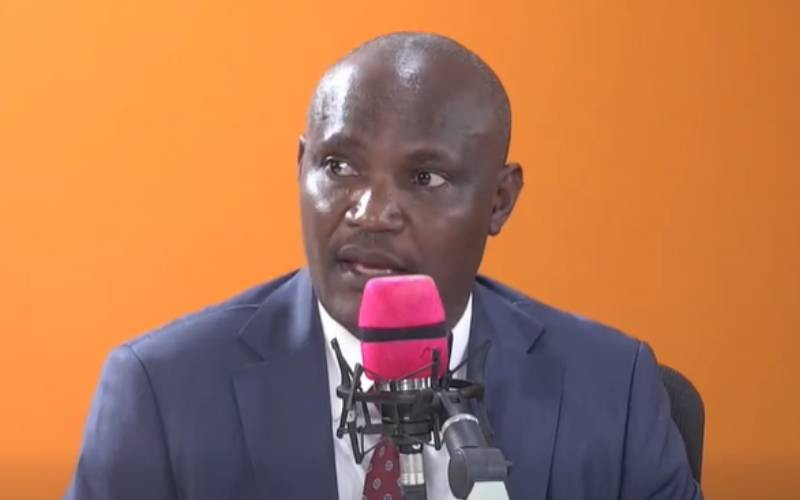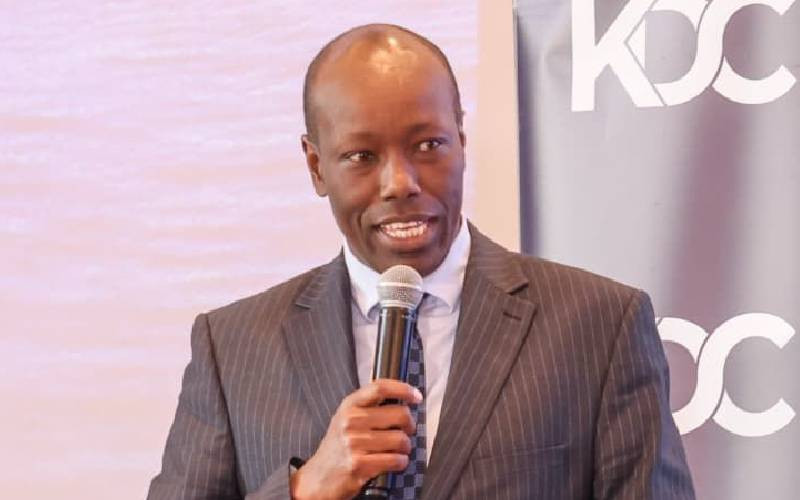×
The Standard e-Paper
Home To Bold Columnists
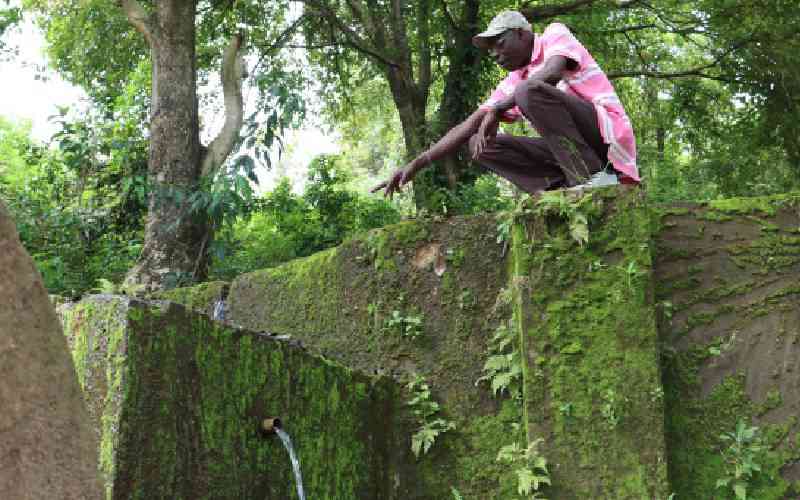
Ochieng Omondi at Awach Kanyandiga spring that dried up in the 1980s but is now among more than seven springs inside Kajulu forest that have come back to life after years of planting trees by Kajulu Community Forest Association. [Gardy Chacha, Standard]
At Ochieng Omondi's homestead in Kajulu, Kisumu county, a piped water system thrives, standing as a testament of the family's source of pride and relief.
